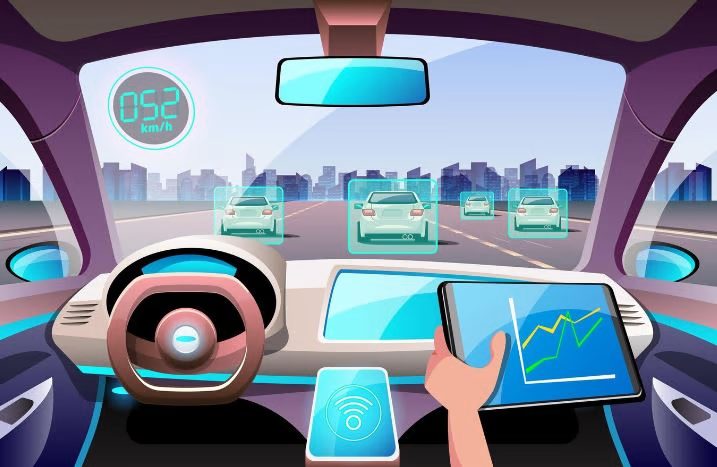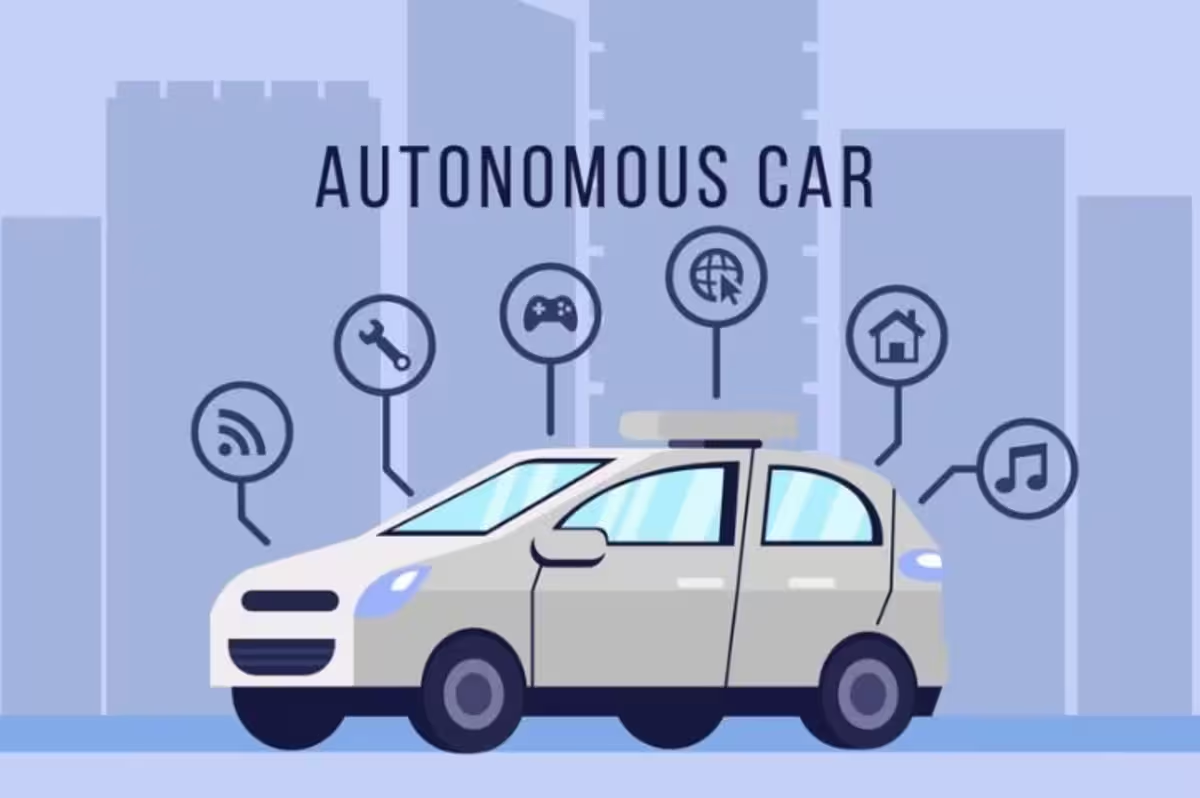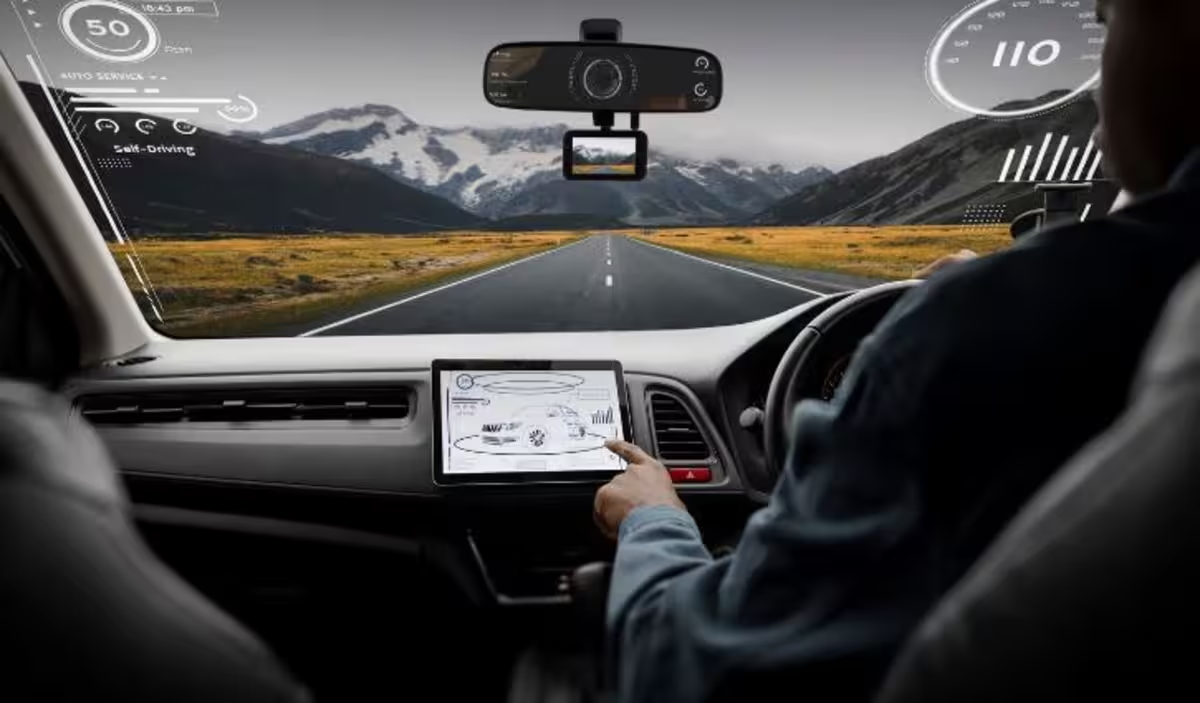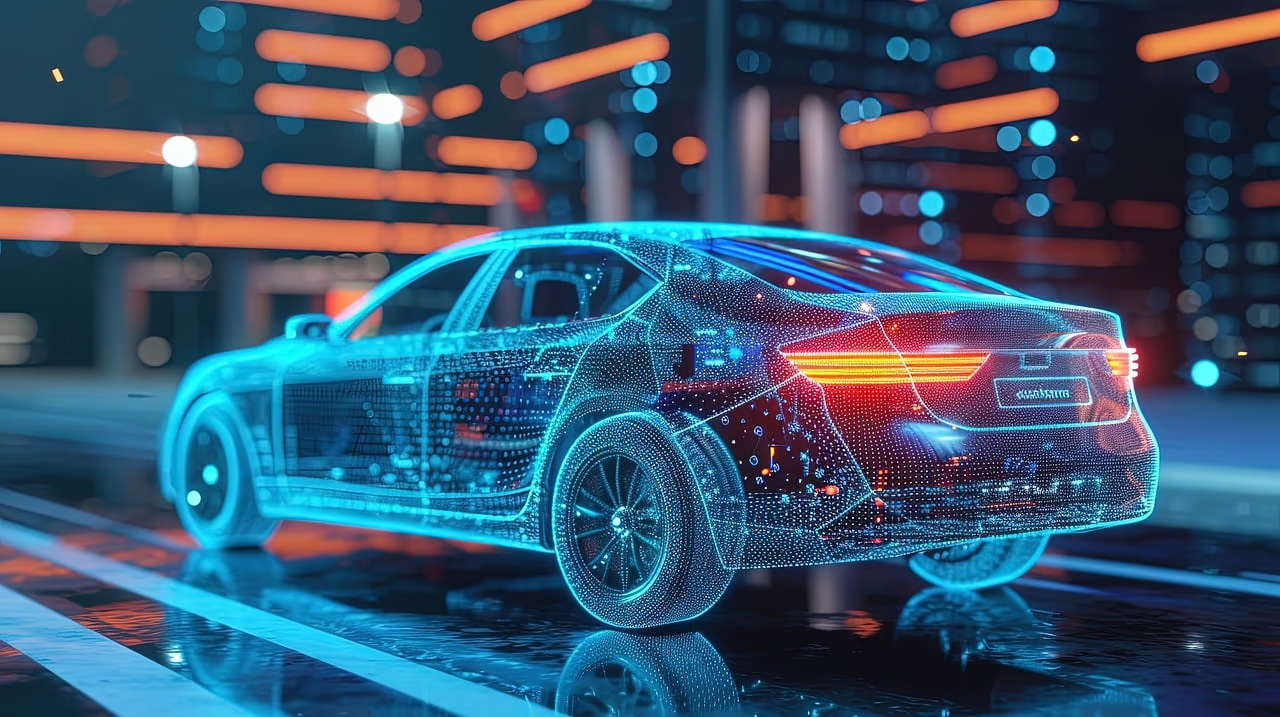Levels of Automated Driving from L0 to L5 and Connected Cars
The road to fully autonomous vehicles is one of the most exciting journeys in modern technology. The key is removing the unnecessary buzzwords and really understanding the underlying technologies: What is the SAE and what are the SAE Levels of automation? What are the levels of autonomous driving L0 to L5 and what do they mean? What are connected cars? What role do connected cars play in shaping autonomous driving?
It’s not just about creating smarter cars; it’s about rethinking how we interact with the world around us. As we move through the different levels of autonomous driving—from the familiar manual driving (L0) to a future with Level 5 self-driving cars—each step brings new possibilities and challenges. Understanding these levels, from Level 3 autonomous vehicles to the ultimate goal of L5 autonomy, is key to appreciating the future of mobility. Let’s take a closer look at what each level of driving automation means, how close we are to achieving full autonomy, and how innovations like the Mercedes Drive Pilot Level 3 are shaping this journey.
A term you might have already heard of in this context is SAE. Let's dive into it briefly to start off.
What is the SAE and SAE Levels of Automation?
The SAE (Society of Automotive Engineers) is a global standards organization that plays a significant role in the automotive and aerospace industries. When it comes to autonomous driving, the SAE is best known for creating the SAE J3016 standard, which defines the six levels of driving automation from Level 0 (no automation) to Level 5 (full automation). These levels, commonly referred to as the "SAE Levels," help classify different types of driving automation technologies.
What are the Levels of Autonomous Driving?
- Level 0 (No Automation): The driver controls all driving tasks. There is no automation involved.
- Level 1 (Driver Assistance): The vehicle can assist with either steering or speed control, but not both simultaneously.
- Level 2 (Partial Automation): The vehicle can manage both steering and speed, but the driver must remain engaged and monitor the environment at all times.
- Level 3 (Conditional Automation): The vehicle can manage most driving tasks in specific conditions. The driver can disengage but must be ready to take over when needed.
- Level 4 (High Automation): The vehicle can perform all driving tasks in specific environments without human intervention, but human input is required outside these areas.
- Level 5 (Full Automation): The vehicle is fully autonomous in all environments, requiring no human input at any time.
What Are Connected Cars?
Connected cars are vehicles equipped with internet access and advanced communication technologies, enabling them to interact with external systems such as other vehicles, infrastructure, and cloud services. These cars use sensors, GPS, and wireless communication to share real-time data about their surroundings, such as traffic, road conditions, and potential hazards.
By leveraging technologies like Vehicle-to-Everything (V2X), connected cars can exchange data with other vehicles (V2V), infrastructure like traffic signals (V2I), and even pedestrians carrying smart devices (V2P). This connectivity enhances not only the driving experience but also the safety, efficiency, and convenience of road travel. With connected cars, features such as remote diagnostics, over-the-air updates, and personalized infotainment systems are becoming standard, making driving smarter and more interactive.
What Role Do Connected Cars Play in Autonomous Driving?
Connected cars are a foundational technology in the development of autonomous vehicles. For autonomous driving systems to function effectively, especially at Levels 3, 4, and 5, vehicles must be able to process vast amounts of data quickly and make real-time decisions. This is where the connectivity of these vehicles plays a crucial role.
At Level 3 (Conditional Automation), for example, systems like the Mercedes-Benz Drive Pilot rely on a combination of onboard sensors and external data from connected systems to safely navigate certain conditions, such as highways or heavy traffic. By communicating with other vehicles and infrastructure, connected cars can anticipate changes in traffic flow or road hazards, significantly improving decision-making capabilities.
As we move closer to Level 5 full automation, the role of connected cars becomes even more critical. These vehicles will not only depend on their sensors but will need to interact seamlessly with smart city infrastructures and other connected cars to ensure safety and efficiency. High-speed networks like 5G, combined with the Internet of Things (IoT), will provide the low-latency communication required for autonomous vehicles to make split-second decisions in complex environments.
Comparison Table of Autonomous Driving Levels
| Level | Degree of Automation | Human Involvement | Key Features |
|---|---|---|---|
| Level 0 | No Automation | Driver controls all aspects of driving | Driver assistance features like warnings only |
| Level 1 | Driver Assistance | Driver remains in control, assists with speed or steering | Features like cruise control or lane-keeping assist |
| Level 2 | Partial Automation | Driver must monitor the environment and be ready to take control | Handles both steering and speed (e.g., Tesla Autopilot) |
| Level 3 | Conditional Automation | Driver can disengage but must be ready to intervene | Vehicle can perform most driving tasks in specific conditions (e.g., Mercedes Drive Pilot) |
| Level 4 | High Automation | No human intervention required in specific environments | Handles all driving tasks within a defined area, but can stop outside this area |
| Level 5 | Full Automation | No human input required | Fully autonomous in all environments (future goal) |
Level 0 (L0): No Automation
At Level 0, all driving tasks are controlled by the human driver, with no assistance from the vehicle. The driver is in charge of every aspect of driving. Warnings, like lane departure alerts, may exist but do not assist in controlling the vehicle.
Level 1 (L1): Driver Assistance
At Level 1, the vehicle can assist the driver with one aspect, like speed or steering, but not both simultaneously. An example of this is cruise control, which can manage speed but not steering. The driver remains in control.
Level 2 (L2): Partial Automation
At Level 2, the car can control both steering and acceleration/deceleration, but the driver must remain fully engaged and monitor the environment. Tesla’s Autopilot is an example of Level 2 automation.
The Crucial Transition: Moving from Level 2 to Level 3
The jump from Level 2 to Level 3 introduces "conditional automation." In certain conditions, the car can take over most driving tasks, allowing the driver to disengage. However, the driver must be ready to take control when prompted.
Level 3 (L3): Conditional Automation
Level 3 autonomy allows the vehicle to handle all driving tasks under specific conditions, such as on highways or in heavy traffic. The Mercedes-Benz Drive Pilot system is an example of a Level 3 system that can navigate certain conditions independently, but the driver must be ready to take over if necessary.

Level 4 (L4): High Automation
At Level 4, vehicles can handle most driving tasks autonomously, but only within specific environments, such as urban areas or controlled roadways. If the vehicle encounters something outside its operational design domain, it may pull over or park itself until conditions improve or the driver can take over.
Level 5 (L5): Full Automation
At Level 5, the vehicle is fully autonomous, requiring no human intervention at any time. These vehicles can handle every driving task, in any environment, without a steering wheel or pedals. While this is the ultimate goal, Level 5 autonomy is not expected to be widely available until at least 2035.
How do regulations impact autonomous driving?
Regulations play a crucial role in shaping the development and adoption of autonomous vehicles. Countries like Germany have implemented Level 3 regulations that allow vehicles to operate on specific roads at limited speeds. In Japan and South Korea, similar regulations exist, with stringent safety measures. Internationally, the UNECE sets standards for autonomous systems, ensuring a unified approach to safety and regulation.
What is the Future of Autonomous Vehicles?
While Level 5 autonomy is still years away, earliest 2028 for series offerings, advancements in Levels 3 and 4 will continue to improve convenience and safety on the roads. This is where technologies such as the Connected Car and 5G will shape Autonomous Driving. As regulations evolve and technology advances, we can expect some levels of autonomous vehicles to become an integral part of everyday life.
The EV-Global Verdict: The Road Ahead
The transition from Level 0 to Level 5 is shaping the future of mobility. The SAE L0 to L5 levels of autonomous driving might not be perfect explanations, but they provide us a standard to compare apples with apples, and avoid some car manufacturers from making absurd claims in their own definitions of "Full-Self-Driving" (not pointing any fingers to any specific Electric Vehicle manufacturers here). It is vital to understand what technogies such as connected cars are, and how they are shaping this field.
From manual control to full autonomy, each level of automation presents new possibilities. Companies like Mercedes-Benz and Tesla are at the forefront of this transformation, leading the way in developing and implementing advanced autonomous driving systems. While Level 5 is still a long-term goal, the advancements in Levels 3 and 4 are paving the way for a safer, more convenient driving experience. Buckle up—the future of mobility is just around the corner.



